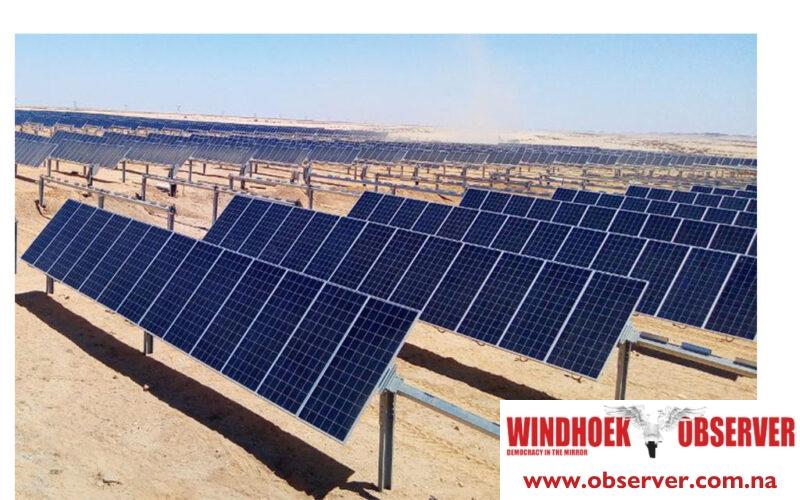CHAMWE KAIRA
The country will have 990 MW of electricity added to the national grid if various renewable energy projects proposed before the Electricity Control Board for licensing come to fruition.
Southern Africa Renewable Energy (Pty) Ltd has applied for four solar licences with a total of 600 MW at Aus, Mariental, Keetmanshoop and Naruchas.
PMP Energy (Pty) Ltd has also applied for a solar generation at Ondangwa with a capacity of 12 MW while Omukwa Renewable Energy (Pty) Ltd has applied for a solar generation plant with a capacity 12 MW at Katima Mulilo.
More projects include Sino Energy (Pty) Ltd at Gerus and Premier Energy (Pty) Ltd at Oshakati. Other projects include RENEX Energy Trading (Pty) Ltd and #Oab Energy (Pty) Ltd at Elizabeth Bay.
Cleanergy Solutions Namibia (Pty) Ltd is planning a 5MW solar plant at Walvis Bay while Mirach Energy (Pty) Ltd is planning a 16.2 MW solar plant at Gerus.
The data at the Electricity Control Board indicate NamPower (Pty) Ltd is planning a 91 MW at Rosh Pinah Project.
Delta Energy (Pty) Ltd is planning a 11 MW solar plant at Ongwediva while CERIM Luderitz Energy (Pty) Ltd is planning a 54 MW wind plant in the Sperrgebiet National Park.
Daures Nine Solar Solutions is planning a solar plant worth 108 MW at Daures while Aussenvalley Solar Park Phase 2 (Pty) Ltd is planning a 15 MW solar generation plant at Aussenkjer.
Aussenkjer Energy Investments (Pty) Ltd is planning three projects including at Usakos and Aussenkjer while GC Renewable Energy (Pty) Ltd is also planning a 10 MW solar energy at Otjiwarongo.
Namibia has abundant availability of sunlight throughout the year and proximity to billions of cubic meters of seawater and vast marine resources in the Atlantic Ocean. The country has a potential to capture around 10 hours of strong sunlight per day for 300 days per year. As a result, Namibia has some of the highest solar irradiance potential of any country in Africa, which is sufficient to provide power for its people and its neighbours.
Currently, at its peak, the economy consumes about 640 megawatts of power per annum whereas the proposals presented to government entail investments that could produce 10 times that amount of peak generation capacity in the next 10 years.




